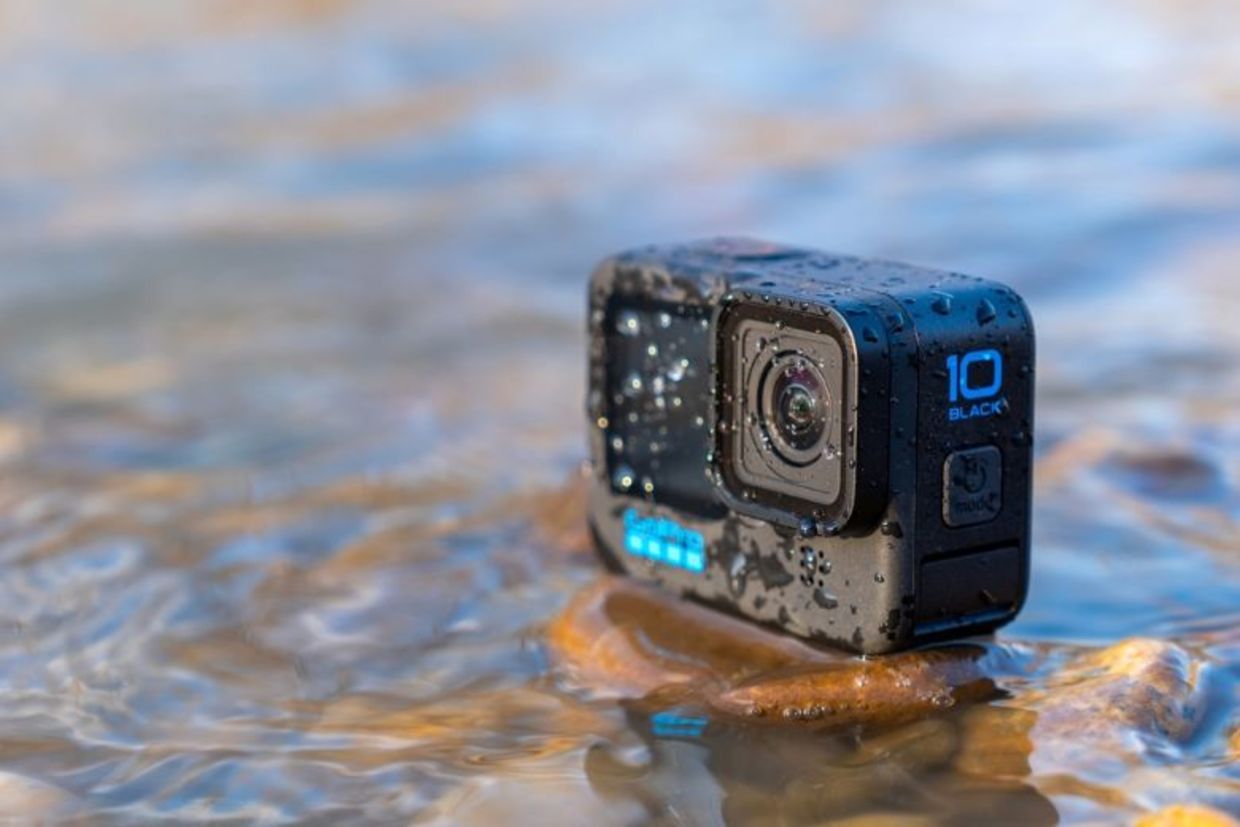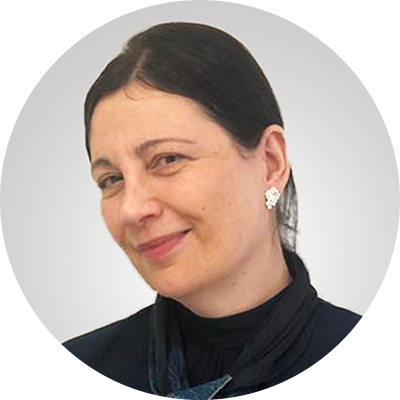
(Budilnikov Yuriy / Shutterstock.com)
For hundreds of years, no one knew that the cahow bird, aka the Bermuda petrel, once so plentiful that it was a major food source for English settlers and sailors, still existed. It was simply assumed to be extinct. Even when it was spotted again, in the 1950s, when it was found to be breeding on a tiny Bermudian island, the nocturnal lifestyle of members of this “Lazarus” (newly rediscovered) species remained a mystery. That was, as The Verge reports, until an intrepid Bermudian conservationist with a penchant for DIY electronics, hacked a couple of GoPro cameras, setting up one of the earliest 24/7 live-steamed bird cams.
All About the Bermuda Petrel
Last seen in 1620, there were occasional reports of sightings from the 1900s, which, according to Today in Conservation, led the NY Museum of Natural History to send experts to go looking for it in 1951, with 18 pairs discovered.
Part of a Bermudian Government-led conservation effort in recent decades, in 2005, the endangered cahow became the subject of a species recovery program.
A review of the rediscovery of the Bermuda petrel in birding publication, 10,000 Birds, waxes lyrical about its uniqueness: “The cahow is one wild and crazy bird. Born in a burrow, it first sees daylight when it is time to fledge, and then spends years at sea, flying, flying, flying with speed and acrobatic agility on thin wings that may take it thousands of miles from its birthplace, till it is time to come home to Bermuda to mate. There it courts at night, the less moonlight and the wilder the winds, the better.”
Apparently, its distinct, strange-sounding cries gave the bird its name. These cries terrified Spanish explorers, one of whom wrote of the birds flocking around his ship “At dusk, such a shrieking and din fill the air that fear seized us… . These are the devils reported to be about Bermuda.”
The Bermuda Petrel, as the county’s Department of Environment and Natural Resources explains, spends most of its life out on the open ocean, feeding on small squid, fish, and shrimp. It is about the size of a pigeon, but with an outsized wingspan to suit its ambitious flight patterns.
While nesting, it digs deep cavities in the ground where it lays its eggs and cares for them and its chicks. According to the site of the Agreement on the Conservation of Albatrosses and Petrels, covering the live-stream from the burrow, males play a major role in incubation duties, while the female heads out to sea for weeks at a time.
Documenting the Rare Cahow
Nowadays, The Verge details, Bermuda’s quaintly named Nonsuch Island, is the heart of the world’s sole cahow breeding ground. Here, a protected 15-acre nature reserve, is the base for over 186 pairs of this rare bird.
While the warden of Bermuda’s Department of Environment and Natural Resources, Jeremy Madeiros, occupies himself with monitoring nests, banding hatchlings, doing health checks and charting the data. Nonsuch Expeditions; founder and filmmaker, Jean-Pierre Rouja, is the person behind the camera.
Local Bermudian, Rouja, was raised keeping abreast of the environmental work, including rewilding efforts happening on Nonsuch. His initial attempts to film these national symbols as they came back from the brink of extinction twenty years ago were challenging: “They’re in dark, man-made burrows,” he tells The Verge about the birds. “You can access them, but then you’re ripping the roof off their house, and you’re not witnessing any natural behavior. We couldn’t afford to film underground. It just technically wasn’t possible at the time.”
But Rouja was determined to create a camera system that was waterproof, and could be operated off the grid, and that he was able to activate unobtrusively in the pitch dark, with lighting that would be invisible to the birds. It also had to be one that a grassroots conservation project could afford.
Describing himself as a “frustrated electric engineer,” and lacking in any electronics training, he instead joined the subculture of people using the GoPro Hero camera online. He calls these cameras the only ones he could “afford to risk destroying.”
His passion paid off, and by 2011, the two conservationists had launched one of the world’s first 24/7 live-streamed wildlife cameras. While the camera company were less interested in collaborating with people who had adapted their equipment, the researchers’ seven-year partnership with the Cornell Lab of Ornithology has helped their live stream become a birders’ favorite globally, with an estimated 40 million minutes of cahow video viewed to date.
These tech-enabled observation capabilities have already yielded fascinating results. These include the symbiotic relationship between cahows and the Bermuda skink, one of the world’s rarest lizards. It turns out that this lizard likes to cozy up with the birds for warmth in the winter, reciprocating by scavenging to keep the birds’ burrows in order.
Rouja, who views his cahow work as his “gateway into conservation tech” hopes that his efforts will constitute a blueprint for scaled up projects elsewhere, and the observation of other underground species. His collaborations now extend to more partners, including MIT, work on research into marine life in underwater environments, and detecting the appearance of threats, such as a rat in a cahow burrow using AI rather than relying on exhausting viewing of hours of live-streamed footage.







